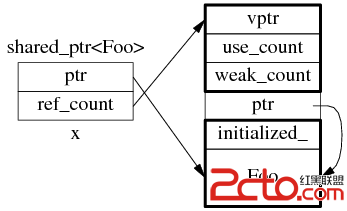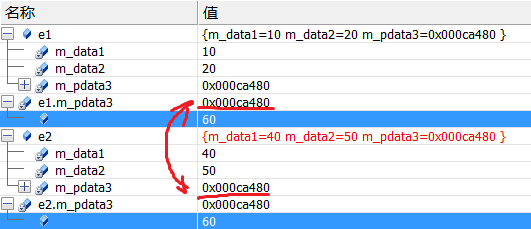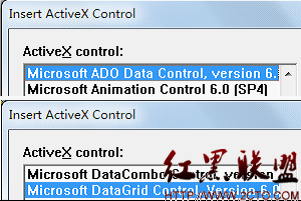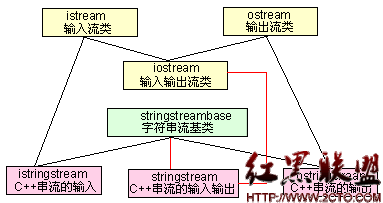UVa 10004 - Bicoloring
题目:
In 1976 the ``Four Color Map Theorem" was proven with the assistance of a computer. This theorem states that every map can be colored using only four colors, in such a way that no region is colored using the same color as a neighbor region.
Here you are asked to solve a 易做图r similar problem. You have to decide whether a given arbitrary connected graph can be bicolored. That is, if one can assign colors (from a palette of two) to the nodes in such a way that no two adjacent nodes have the same color. To simplify the problem you can assume:
no node will have an edge to itself.
the graph is nondirected. That is, if a node a is said to be connected to a node b, then you must assume that b is connected to a.
the graph will be strongly connected. That is, there will be at least one path from any node to any other node.
题目翻译:
1976年“四色定理”在计算机的帮助下被证明。 这个定理宣告任何一个地图都可以只用四种颜色来填充, 并且没有相邻区域的颜色是相同的。
现在让你解决一个更加简单的问题。 你必须决定给定的任意相连的图能不能够用两种颜色填充。 就是说,如果给其中一个分配一种颜色, 要让所有直接相连的两个节点不能是相同的颜色。 为了让问题更简单,你可以假设:
1. 没有节点是连接向它自己的。
2. 是无向图。 即如果a连接b, 那么b也是连接a的
3. 图是强连接的。就是说至少有一条路径可走向所有节点。
样例输入:
3
3
0 1
1 2
2 0
9
8
0 1
0 2
0 3
0 4
0 5
0 6
0 7
0 8
0
样例输出:
NOT BICOLORABLE.
BICOLORABLE.
分析与总结:
方法一:广搜BFS
由题目可知,对于每个结点,所有和它相接的点必须和这个点颜色不一样。那么,很自然可以用广搜来做: 选取其中一点,给这个点赋值为一种颜色,可以用数字0来代替,然后进行广搜,那么所有和他相邻的点就可以赋值为另一种颜色,可以用1来代替。如此搜下去, 如果遇到一个点是已经赋值过了的,那就进行判断,他已经有的值是不是和这次要给它的值相同的,如果是相同的,就继续。如果不同的话,那么直接判断为不可以。
BFS代码:
[cpp]
#include<iostream>
#include<cstdio>
#include<cstring>
#define MAXN 210
using namespace std;
int n, m, a, b, G[MAXN][MAXN], lastPos;
int vis[210],edge[250][2];
bool flag;
int que[100000];
void bfs(int pos){
int front=0, rear=1;
que[0] = pos;
while(front < rear){
int m = que[front++];
for(int i=0; i<n; ++i){
if(G[m][i]){
if(!vis[i]){
que[rear++] = i;
vis[i] = vis[m]+1;
}
else if(vis[i]==vis[m]){
flag = true;
return;
}
}
}
}
}
int main(){
#ifdef LOCAL
freopen("input.txt","r",stdin);
#endif
while(~scanf("%d",&n) && n){
memset(G, 0,sizeof(G));
scanf("%d",&m);
for(int i=0; i<m; ++i){
scanf("%d %d",&a,&b);
G[a][b] = 1;
G[b][a] = 1;
}
memset(vis, 0, sizeof(vis));
vis[0] = 1;
flag = false;
bfs(0);
if(flag) printf("NOT BICOLORABLE.\n");
else printf("BICOLORABLE.\n");
}
return 0;
}
方法二: 深搜DFS
同样,这题也可以用深搜来做。 深搜的基本思想是,沿着一个方向不断搜下去,没走一步都进行染色,当前这一点的色和上一点的色相反。如果搜到了一个染过的(即有回环),那么也进行判断,已经有的色是不是和这次给它的颜色是否一致的。不一致的话,就判断为不可以。
DFS代码:
[cpp]
#include<iostream>
#include<cstdio>
#include<cstring>
#define MAXN 210
using namespace std;
int n, m, a, b, G[MAXN][MAXN], lastPos;
int vis[210];
bool flag;
void dfs(int pos){
if(flag) return;
for(int i=0; i<n; ++i){
if(G[pos][i]){
if(vis[i]==-1){
vis[i] = !vis[pos];
dfs(i);
vis[i] = -1;
}
else if(vis[i] != !vis[pos]){
flag = true;
return;
}
}
} www.zzzyk.com
}
int main(){
#ifdef LOCAL
freopen("input.txt","r",stdin);
#endif
while(~scanf("%d",&n) && n){
memset(G, 0,sizeof(G));
scanf("%d",&m);
for(int i=0; i<m; ++i){
s
补充:软件开发 , C++ ,




